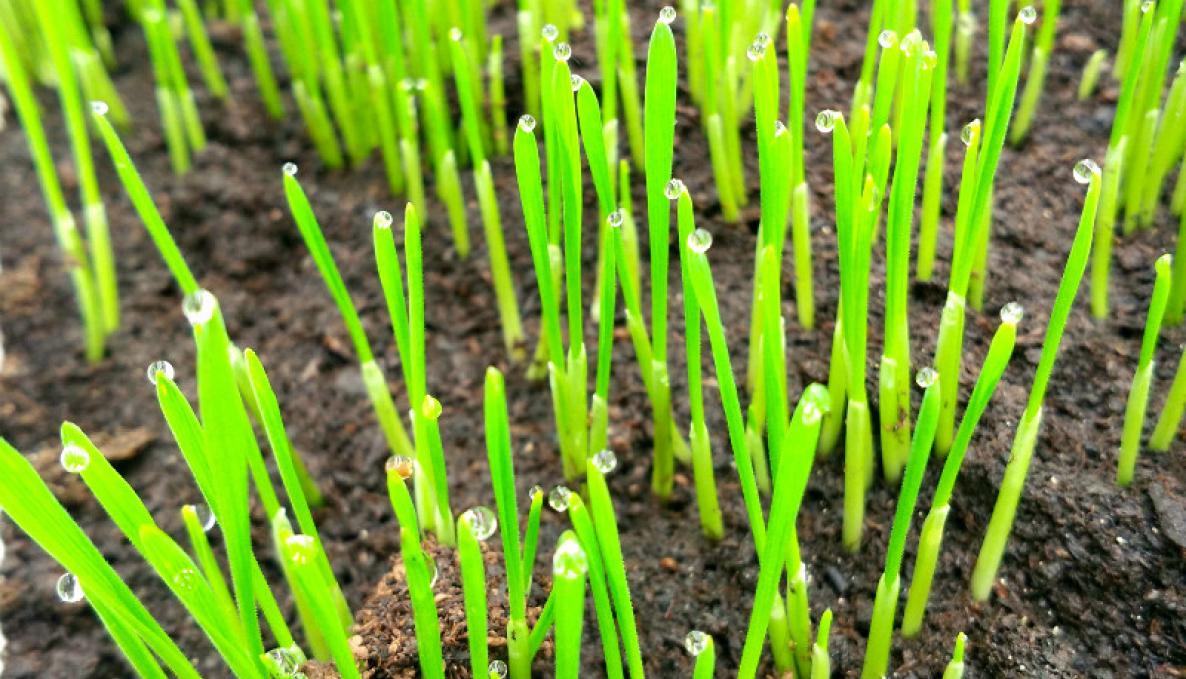SANT’ANNA SCHOOL, UNIVERSITY OF PISA AND SCUOLA NORMALE RESEARCHERS DESIGNED A SYNTHETIC OXYGEN SENSOR BASED ON ANIMAL, PLANT AND FUNGAL HYPOXIA SIGNALING TO ADDRESS PLANT FLOODING STRESS. RESEARCHERS HAD THEIR PAPER ON “BIO-BRICKS” environmentS PUBLISHED

Biobricks for plant synthetic biology are being developed to build engineered environments for biological systems. The modularity of the building blocks allows creating highly scalable environments for plant growth in extreme weather events, flooding and submergence. As plants can react to cope with various stresses during submergence and de-submergence, researchers of Sant’Anna School, University of Pisa and Scuola Normale Superiore designed a synthetic oxygen sensor for plants based on animal, plant and fungal hypoxia signaling to evaluate and improve their physiological response. This bioengineered device may generate plants able to switch gene expression selectively depending on oxygen availability. Plants’ responses to climate change and hydrological disturbance provide a focus on synthetic biology to assist agricultural practices in environments with variable oxygen provision.
The paper was published in the “Plant Physiology” journal. “It is a combination of natural compounds. Fungi, mammals and plants have the capacity to produce diverse spectra of chemicals that can be potentially used for biological control. Metabolite biosynthetic pathways can be expressed as the result of an interaction between enzymes releasing oxygen molecule in the form of light (as bioluminescence occurs in fungi, marine organisms and fireflies)”.
“Biosynthetic pathways and the Lego bio-bricks – said Benedetta Mennucci, professor of Physical Chemistry and Beatrice Giuntoli, researcher from the University of Pisa – can be easily scaled to accommodate different plant species for the generation of physical barriers with different oxygen and chemical gradients to control the growth environment, water loss and senescence from prolonged submergence. Targeted control of the molecular mechanisms can facilitate stress recovery and could potentially improve performance of crops in heavy flooding caused by climate change”.
“This paper suggests that research collaboration between academics may result in excellent achievements and novel tools – said Francesco Cardarelli, professor of Applied Physics at Scuola Normale Superiore – This new valuable sensor enhances the quality of the work performed in our Nest Lab. and cooperative research is beneficial to the faculty of all higher education institutions in Pisa. By providing technical expertise and establishing research opportunities, we hope to accelerate the development of innovative technologies for superior outcomes”.



